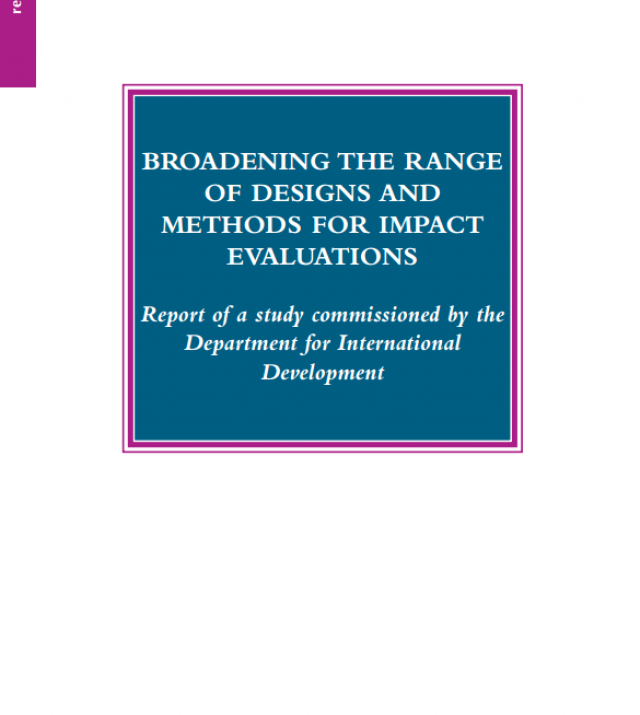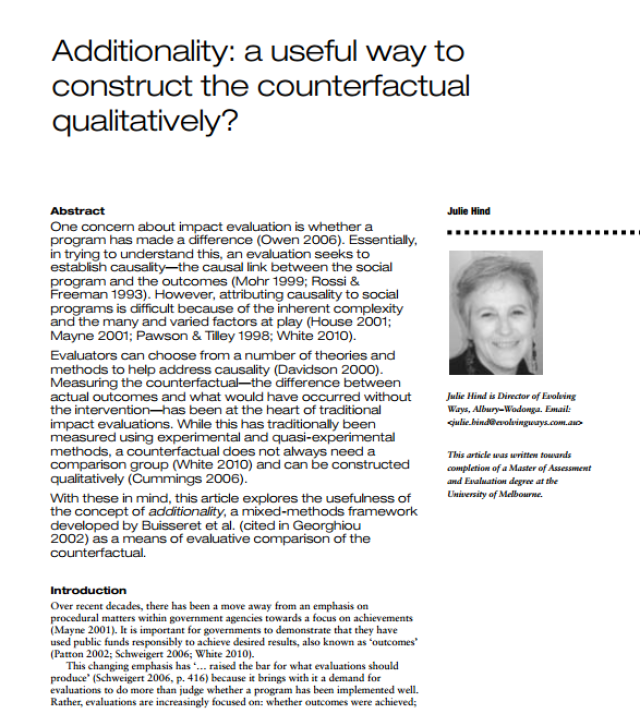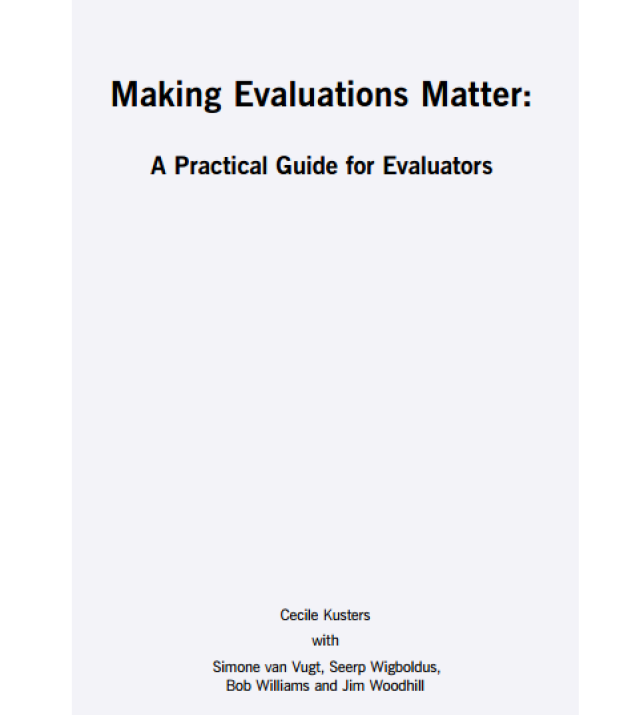
Impact Evaluation in Practice

This book offers an accessible introduction to the topic of impact evaluation and its practice in development. Although the book is geared principally toward development practitioners and policy makers, we trust that it will be a valuable resource for students and others interested in impact evaluation.
Prospective impact evaluations assess whether or not a program has achieved its intended results or test alternative strategies for achieving those results. We consider that more and better impact evaluations will help strengthen the evidence base for development policies and programs around the world. Our hope is that if governments and development practitioners can make policy decisions based on evidence—including evidence generated through impact evaluation—development resources will be spent more effectively to reduce poverty and improve people’s lives.
The three parts in this handbook provide a nontechnical introduction to impact evaluations, discussing what to evaluate and why in part 1; how to evaluate in part 2; and how to implement an evaluation in part 3. These elements are the basic tools needed to successfully carry out an impact evaluation.
The approach to impact evaluation in this book is largely intuitive, and we attempt to minimize technical notation. We provide the reader with a core set of impact evaluation tools—the concepts and methods that underpin any impact evaluation—and discuss their application to real-world development operations. The methods are drawn directly from applied research in the social sciences and share many commonalities with research methods used in the natural sciences.

